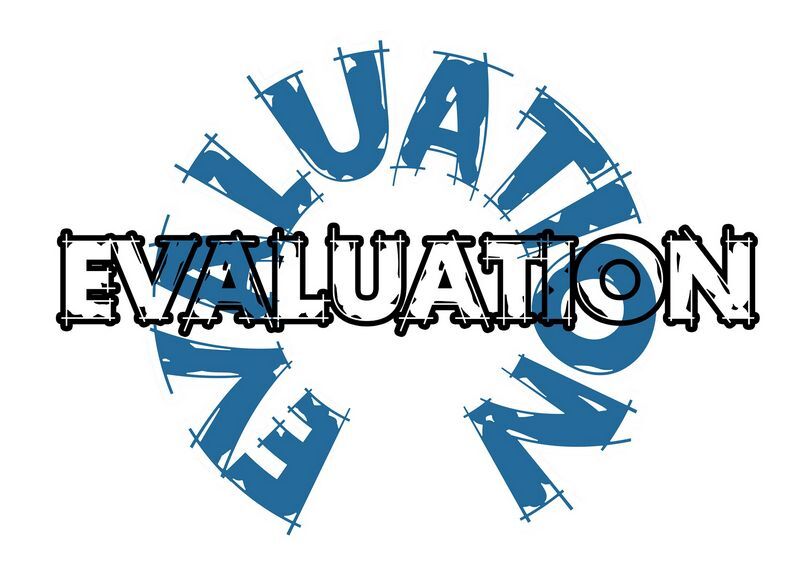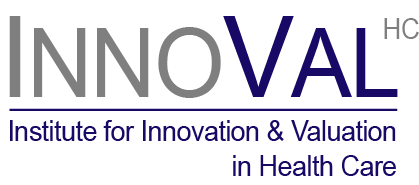Health Technology Assessment (HTA)
The emergence of Health Technology Assessments (HTAs) as a tool for the systematic evaluation of medical interventions can be traced back to the 1970s. In 1972, U.S. President Richard Nixon signed the Technology Assessment Act, establishing the U.S. Congress Office of Technology Assessment (OTA). The OTA Health Program published its first formal report in 1976, and the issues raised (such as value judgments, rigorous evaluation criteria, the appropriate role of health economic evaluation, inclusion of stakeholders and the need for deliberative discussion, as well as policy context and the implementation of guidance) are still debated today, after half a century characterized by steadily increasing adoption of HTAs across international jurisdictions.

There have been many definitions of HTA. A joint task group co-led by the International Network of Agencies for Health Technology Assessment (INAHTA) and Health Technology Assessment International (HTAi) proposed the following (O'Rourke, Oortwijn, Schuller, et al.): “HTA is a multidisciplinary process that uses explicit methods to determine the value of a health technology at different points in its lifecycle. The purpose is to inform decision-making in order to promote an equitable, efficient, and high-quality health system.”
Our projects have spanned a broad range of these topics, from a critical appraisal of Technology Appraisals by the National Institute of Health and Clinical Excellence (NICE), a multi-stakeholder consensus on the implementation of HTA in Switzerland (“SwissHTA”), participation in international policy debates, comparative studies of HTA outcomes by different agencies, to consulting with stakeholders how to develop compelling value propositions and demonstration, including early strategic advice on prioritization and design of Research & Development (R&D) projects.
Find More Detailed Information ...
The SwissHTA project demonstrates the possibility to facilitate a far-reaching national consensus on Health Technology Assessments (HTAs) among all relevant stakeholder groups, including industry, statutory sick funds, the federal association of board-certified physicians, the national academy of medical sciences, and regional health directors.
Has NICE Got It Right? – From its inception in 1999, the “National Institute for Health and Care Excellence” (NICE) has been recognized internationally for its “inclusive, consultative, and transparent” processes and its “objective, unbiased, and methodologically sound” technology assessments and appraisals (self-praise by Carol Longson, 2001). Many consider NICE as an international role model for the implementation of Health Technology Assessments (HTAs). But does NICE live up to its promise?
Different methods, different outcomes – a comparison of Health Technology Assessment (HTA) results in England, France, and Germany reveals remarkable international variation.
